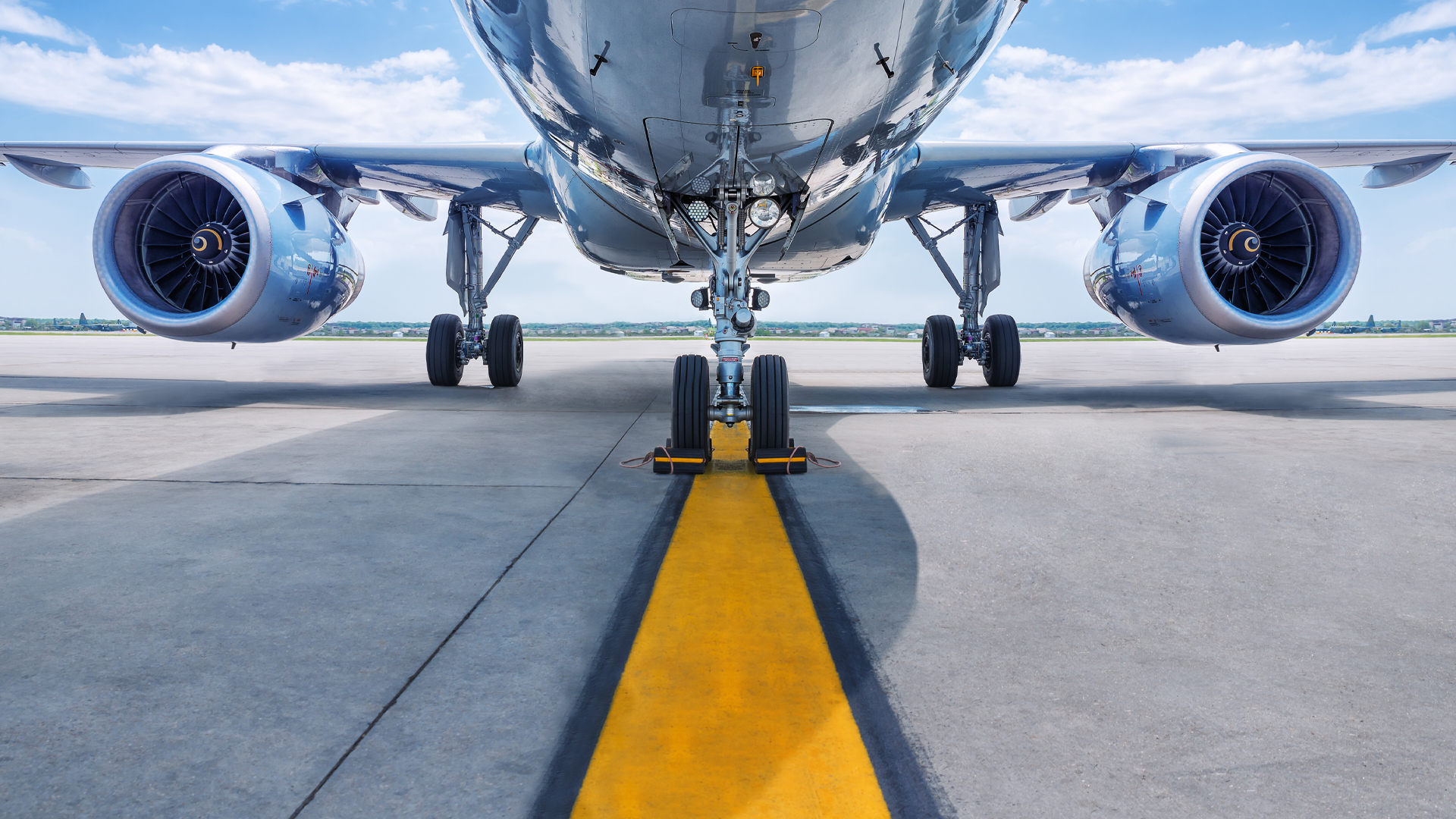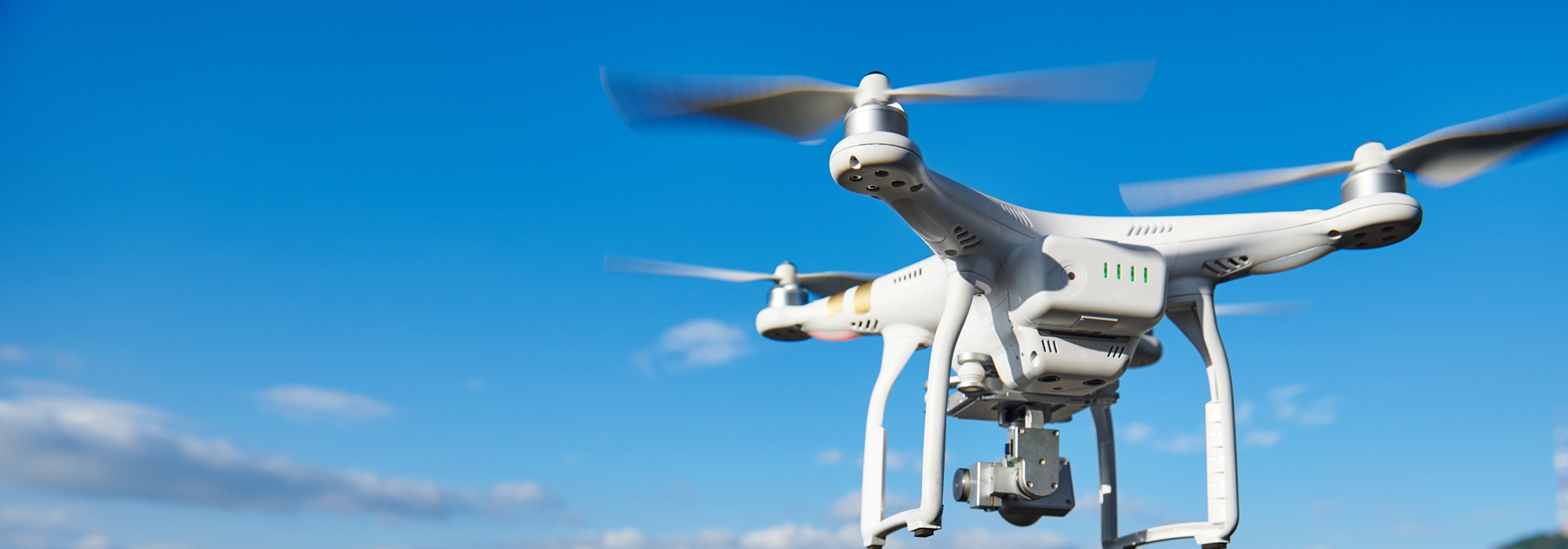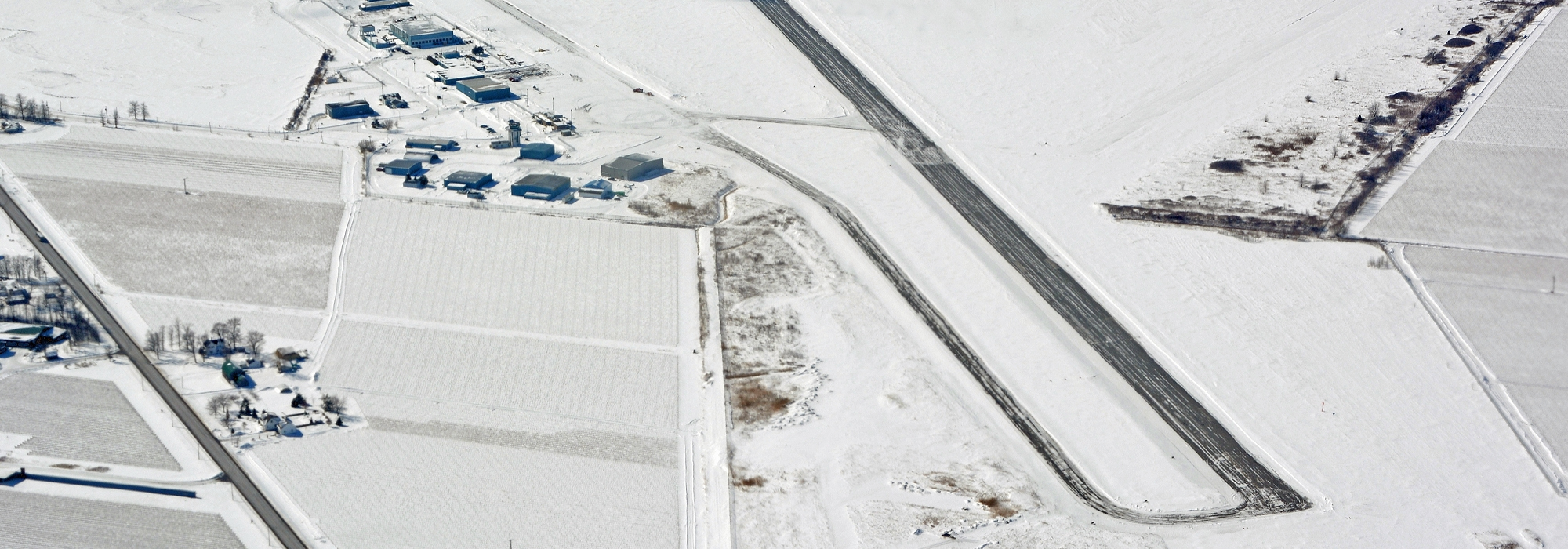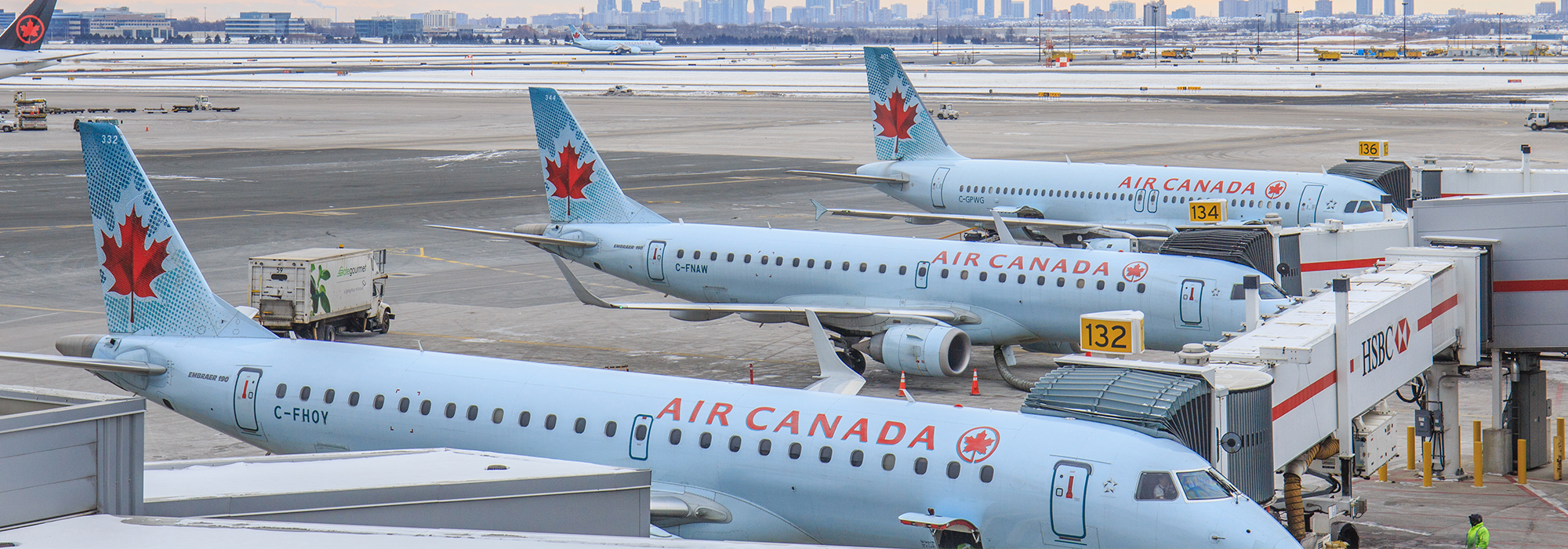
Transport Canada is currently considering changes to the way it regulates unmanned air vehicles, or drones. First, it is important to note that all aircraft operating in Canada are already regulated by the Aeronautics Act and the Canadian Aviation Regulations (CARs), and these rules apply whether the pilot is in the aircraft or on the ground. There are specific regulations covering unmanned air vehicles (UAVs) and model aircraft in those regulations. When followed correctly, the federal regulations are more than sufficient to keep our skies safe. Flying a drone or a model aircraft near an airport without permission is illegal. Endangering another aircraft with a UAV or model aircraft is illegal. In fact, flying a remote-controlled aircraft for any nonrecreational purpose without a Special Flight Operations Certificate (SFOC) or an SFOC exemption from Transport Canada (TC) is illegal.
What has changed the entire industry are the recent improvements in batteries, sensors, and microcontrollers, which allow anyone buy and fly sophisticated autopilot- and camera-equipped model aircraft or drones for fun or profit. This is creating new challenges for the regulators. Transport Canada seems to have anticipated this paradigm shift when they created the current UAV regulations as part of the CARs. A remote control aircraft equipped with a camera and autopilot is a “model aircraft” if it is flown for recreational purposes, but the same aircraft is an “unmanned aerial vehicle” if it is used for commercial, educational or research purposes.
What matters, then, is the type of operation, not the type of aircraft. This important and sometimes misunderstood distinction is precisely why our rules are not too permissive. It does not matter what type of UAV or model aircraft you fly, what matters is what you are doing with the aircraft, where you are operating it, the skill level of the operator and the steps you have taken to minimize risks to people on the ground and to other aircraft.
Our rules are not too permissive, what matters is the type of operation, not the type of aircraft.
We traditionally group UAV operations into the “3 D’s” – dull, dirty and dangerous. To make our regulations more effective, we also need to focus on the “3 E’s” – education, engagement and enforcement – better education of the public, local authorities and operators on the rules of the sky; continued positive engagement with stakeholders from the commercial, research and military UAV and model aviation communities; and increased enforcement of existing UAV regulations by Transport Canada and local authorities.
In the longer term, new rules are needed to encourage continued sustainable growth of the drone sector. The rules should give responsible and qualified UAV operators the same operational flexibility as is given to traditional aircraft operators. For example, approved air operators (i.e., commercial airlines) and other licensed pilots need only to file a flight plan prior to departure. We also need new air traffic management systems that will allow UAVs and other aircraft to operate together safely. For example, we should require UAVs and other aircraft to carry satellite-based surveillance and position broadcast transmitters, and other “sense and avoid” technologies. These systems will enable UAVs and other air traffic to “see” each other, in order to maintain separation. These rules and technologies are currently being developed, with the involvement of the entire aviation community.
In addition, Transport Canada should be released from reviewing and approving thousands of SFOCs every year. This will free up resources that can be used to focus on education, engagement and enforcement and keep our skies safe.
Do you have something to say about the article you just read? Be part of the Policy Options discussion, and send in your own submission. Here is a link on how to do it. | Souhaitez-vous réagir à cet article ? Joignez-vous aux débats d’Options politiques et soumettez-nous votre texte en suivant ces directives.







